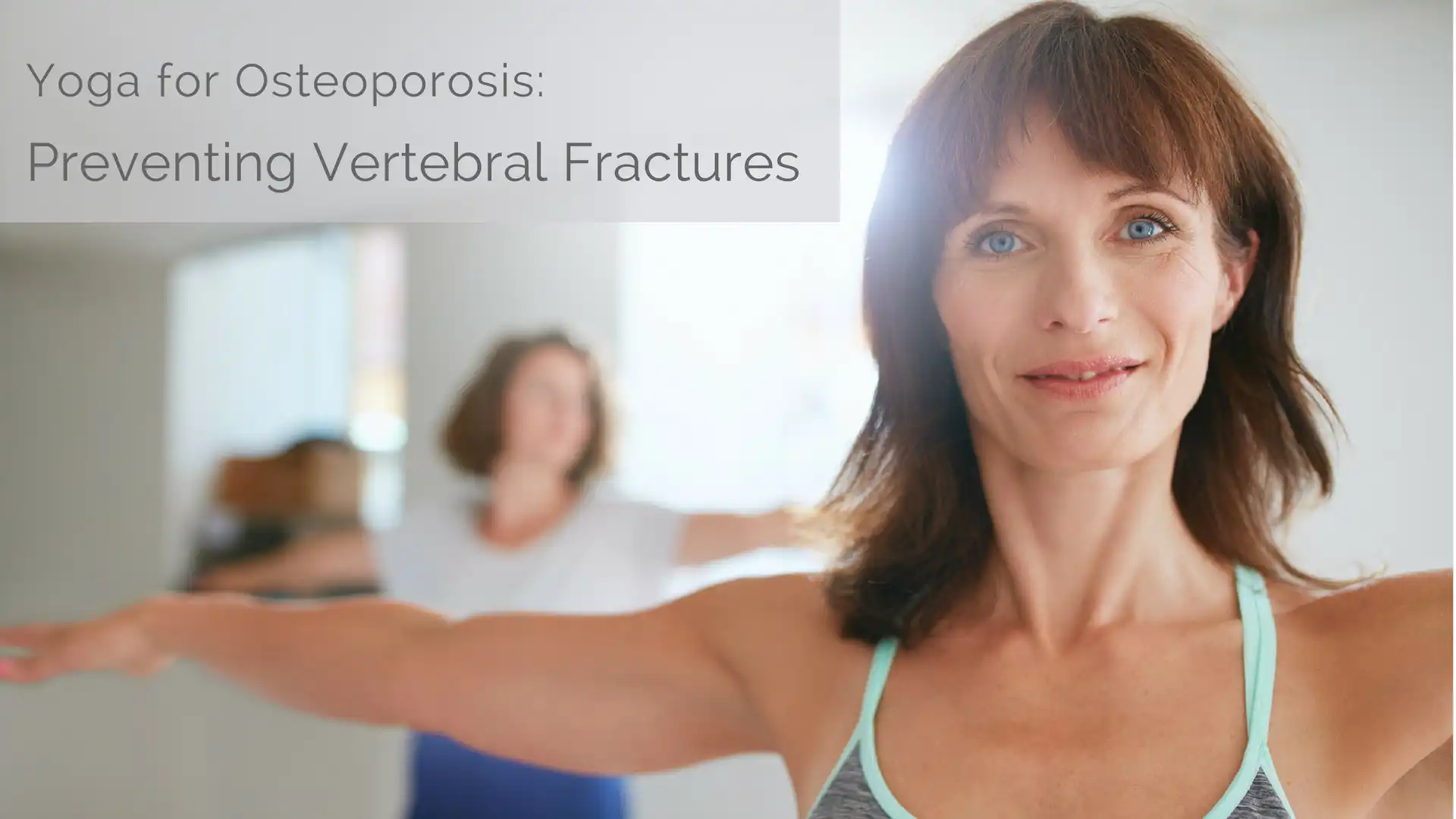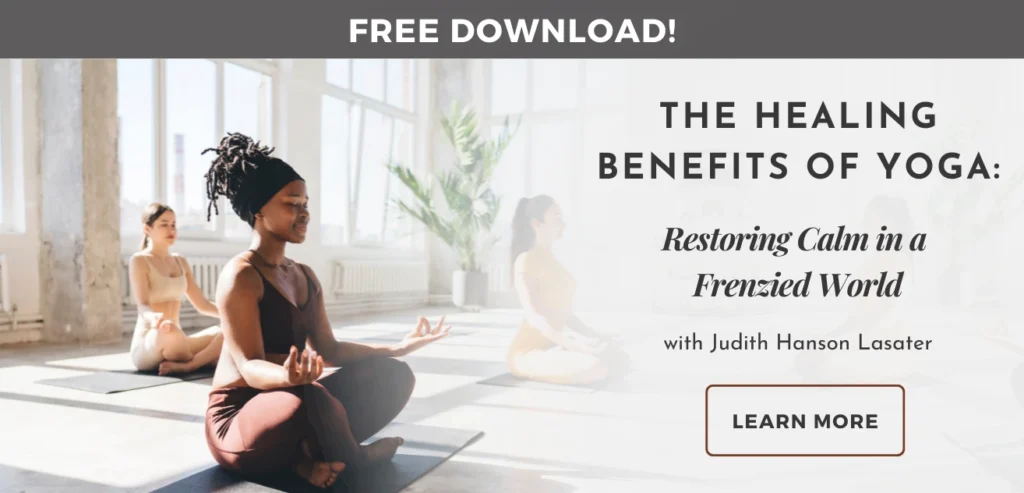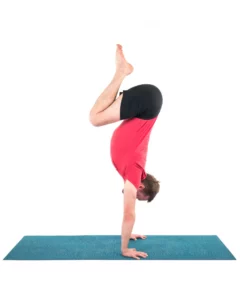Osteoporosis, Vertebral Fractures and Dowager’s Hump—The Role of Hyperkyphosis

For anyone diagnosed with osteoporosis, there are two main concerns—increased risk of hip fractures and vertebral fractures.
Vertebral compression fractures caused by the thin bone mass of osteoporosis have long been thought to cause hyperkyphosis, or the dowager’s hump that inflicts many elderly.
The seriously forward-slumping posture of hyperkyphosis can undermine your well-being and even result in health issues and an increased risk of fractures as you get older. It may even put people at higher risk of dying earlier than their peers.
 Hyperkyphosis’s hunched back was long believed to be caused by osteoporotic compression fractures of the spine. But recent research shows that’s not always the case.
Hyperkyphosis’s hunched back was long believed to be caused by osteoporotic compression fractures of the spine. But recent research shows that’s not always the case.
Hyperkyphosis: Can You Prevent or Reverse it?
Increasingly, research shows that not all elderly people with hyperkyphosis have osteoporosis. According to the Mayo Clinic, other risk factors for hyperkyphosis, or dowager’s hump, include disk degeneration, limited mobility, and more.
This is pretty important because millions of women take osteoporosis drugs to prevent fractures without realizing that this may do nothing to counteract a slowly developing hyperkyphotic posture.
Should you be concerned about hyperkyphosis? Indeed. Hyperkyphosis is an extremely common condition in the elderly, and many doctors ignore it, thinking that it is linked to osteoporosis. In fact, however, for many people, hyperkyphosis is caused by degenerative changes in the spine that can be counteracted, and the earlier you take steps to do so, the better.
Hyperkyphosis is more common than most people realize, and it often goes unnoticed in its early stages. In its early stages, hyperkyphosis simply just looks like you have increasingly bad posture.
Are You Developing Hyperkyphosis?
One telltale early sign of hyperkyphosis is forward head posture, in which the position of the head moves forward of the body’s gravitational center line. The shoulders will also typically become more rounded as the head moves forward. If you don’t take steps to reverse it, the rounded shoulders of forward head posture over time may progress into hyperkyphosis or a full-fledged dowager’s hump.
People suffering from hyperkyphosis, particularly the elderly, appear to have a higher risk of fractures; according to the NIH, older women with hyperkyphosis have a 70% increased risk of future fracture. This risk increases as hyperkyphosis progresses.
In addition, hyperkyphosis undermines your long-term well-being. The stooped forward posture puts undue pressure on the chest and lung cavity. In severe cases, this can lead to shortness of breath, according to the Cleveland Clinic. Further, the American Geriatrics Society reports that breathlessness in older adults is associated with a myriad of other health issues and may indicate adverse future outcomes.
Yoga for Hyperkyphosis
According to several studies, however, exercise may be one of the simplest ways to prevent or even reverse hyperkyphosis. For example, a randomized controlled trial published in the Journal of the American Geriatrics Society found that yoga shows promise as a therapy for reversing hyperkyphosis. Led by Dr. Gail Greendale, the study found that attending yoga classes three times a week over a 6-month period was sufficient to create improvements in the hyperkyphotic spine curve.
Also, read...
Yoga for Back Pain: Are Your Tech Devices Ruining Your Posture?
Hyperkyphosis (Dowager’s Hump) Carries Similar Risks as Osteoporosis, Research Finds
Yoga for Posture Improvement – Easy Iyengar Yoga Tip with Julie Gudmestad
Related courses

Eva Norlyk Smith, Ph.D., C-IAYT, is the founder and President of YogaUOnline. She is a lead trainer in YogaUOnline’s Yoga Wellness Educator program, an RYT-300 Yoga Alliance-approved training that focuses on giving teachers the skills they need to offer wellness courses and work with older beginners.
Eva is a trained yoga therapist at the 1,000-hour level as well as a trained bodyworker at the 500-hour level. She is the co-author of several books, including Light Years Younger with Dr. David J. Goldberg.



